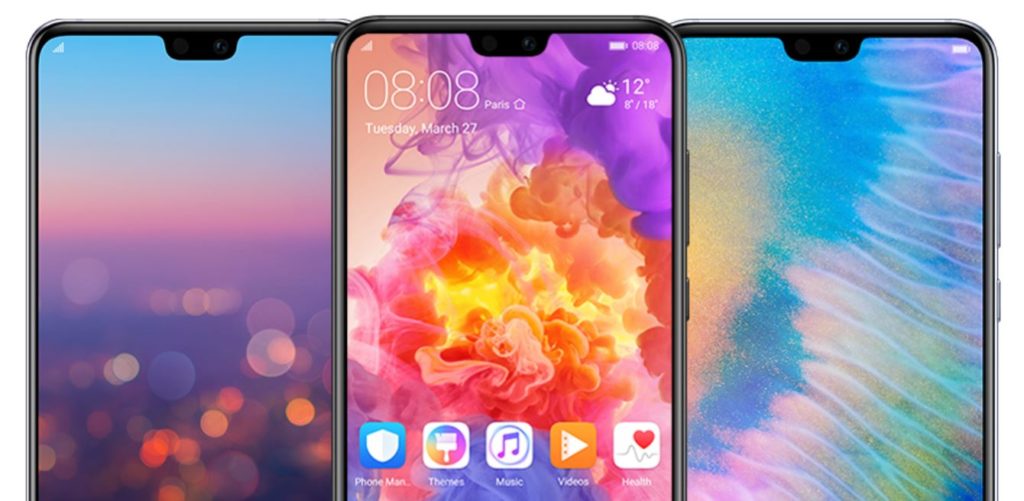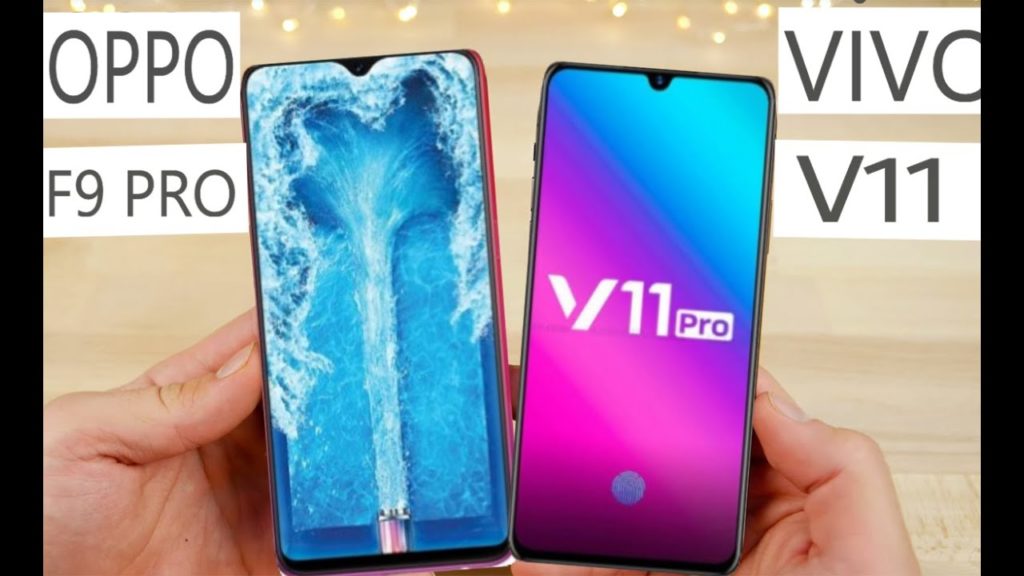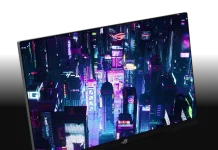In an attempt to increase the screen size and to keep up with the bezel-less design trend started off by Essential Phone and iPhone X, smartphone OEMs have jumped onto the notched-display bandwagon. Display notches are essentially a cut-out, at the top, of a part of the smartphone’s display. Some of the advantages of display notches are it offers the ability to retain the display area on either side of it, for showing information such as time, battery percentage and more.
With display notches, smartphone OEMs are now in a position to provide maximum screen space without abandoning the critical hardware at the top, such as the Selfie Camera, Receiver Speaker, other Sensor, LED Indicators., etc. Now, you can get a 5.5-inch sized smartphone with a 6.2-inch display on it.
Whether you love it or hate it, here are the different types of display notches- smartphones with notched-display.
iPhone X Notch
Apple’s iPhone X came with a spectacular edge-to-edge display that dominates the entire front of the smartphone. Well, nearly the entire front side of the phone. Unlike the Android flagships such as the Pixel XL 2, Samsung’s Galaxy S8, and LG’s V30, iPhone X didn’t come with a top bezel; instead, it came with a wide display notch which looked odd.
The notch on the iPhone X contains the TrueDepth camera system, which powers the iPhone’s Face ID facial recognition technology. It also incorporates the hardware elements required for Apple’s all-new Animoji feature and an IR sensor.

Before the launch of iPhone X, the display notches (design) sparked a lot of discussions among consumers and industry experts, much of it negative. But over the time, hate for the notch has faded away as many people have become used to Apple’s design choice. Android smartphone manufacturers are now embracing the notch concept on their smartphones.
Medium-sized Notch (Oneplus 6, Asus Zenfone 5Z, Huawei P20 Pro, etc.)
Soon after the unveiling of iPhone X, a large number of Android smartphone makers have joined the bandwagon and released smartphones with the displays that have a notch. The Huawei P20 Pro, OnePlus 6 and Asus Zenfone 5Z too came with a notched display (but a smaller one).

Unlike the iPhone X, Android phones such as the OnePlus 6 came with several new features that allow users to control the notch in whatever way they want. Users can turn it off (notch) in the Display Settings.
By doing so, a regular black bar will appear on the top of the display which is similar to the regular black bar that we used to see on many other Android phones. On that black bar, system time, battery indicator, as well as notifications, will be displayed. If you don’t like the notch, you can make it disappear. This is a unique feature that is not yet available in the Apple’s iPhone X.
Water-Drop Notch (Essential PH-1, Oppo F9 Pro, Vivo V11 Pro)
Essential was the first to launch a smartphone with a “notch” ahead of Apple. Of course, Apple overshadowed Essential just a few weeks later with the iPhone X notch. Oppo coined the name waterdrop notch with the launch of Oppo F9 Pro.
While Essential PH-1 notch (similar to Oppo F9 Pro notch) didn’t get mainstream, a host of Android phones such as Vivo V11 Pro have been launched with a waterdrop notch.
While the ‘regular’ notch mostly contains the speaker, front-facing selfie cameras and other types of sensors such as notification led, IR blasters.

The waterdrop notch – due its shape and size – isn’t that accommodating, it contains only the front-facing camera. Its primary purpose is to offer more screen real estate on the phone’s display. No doubt it is an attractive design element, but the functionality of the waterdrop notch remains a bit foggy.
In other words, the waterdrop notch is a nice differentiator among the crowded notched-display phones, but it is low on functionality.
Final Thoughts
The notch-display design is now a mainstream design element, especially with the launch of budget Realme 2, which claims to be the most affordable phone with a display notch. The Realme 2 comes with a starting price point of Rs 8,990 (125 USD).
The display notch exists on the Apple’s iPhone X because it needs a wide array of sensors on the front for Face ID tech, but on Android, notched-display is just an aesthetic choice. The notch might not be a permanent fixture for Android smartphones.
Android phones such as the Vivo Nex, Oppo Find X have taken the full-screen experience to a whole new level. With a motorized pop-up camera, these phones came with no ugly notches and massive 92-93.5% screen-to-body ratio.
There are several reasons a pop-up camera such as the one in the Vivo Nex might not be ideal (long-term reliability being the main one). But design changes such as the Oppo Find X and Vivo Nex shows that smartphone makers are experimenting with new ideas to get rid of the ugly notch. Essential, which released the first smartphone with a notched-display, also filed a patent for a similar camera design found in Vivo Nex.
Do you like the notched-display, if so, which type of notch you like the most? Tell us in comments






